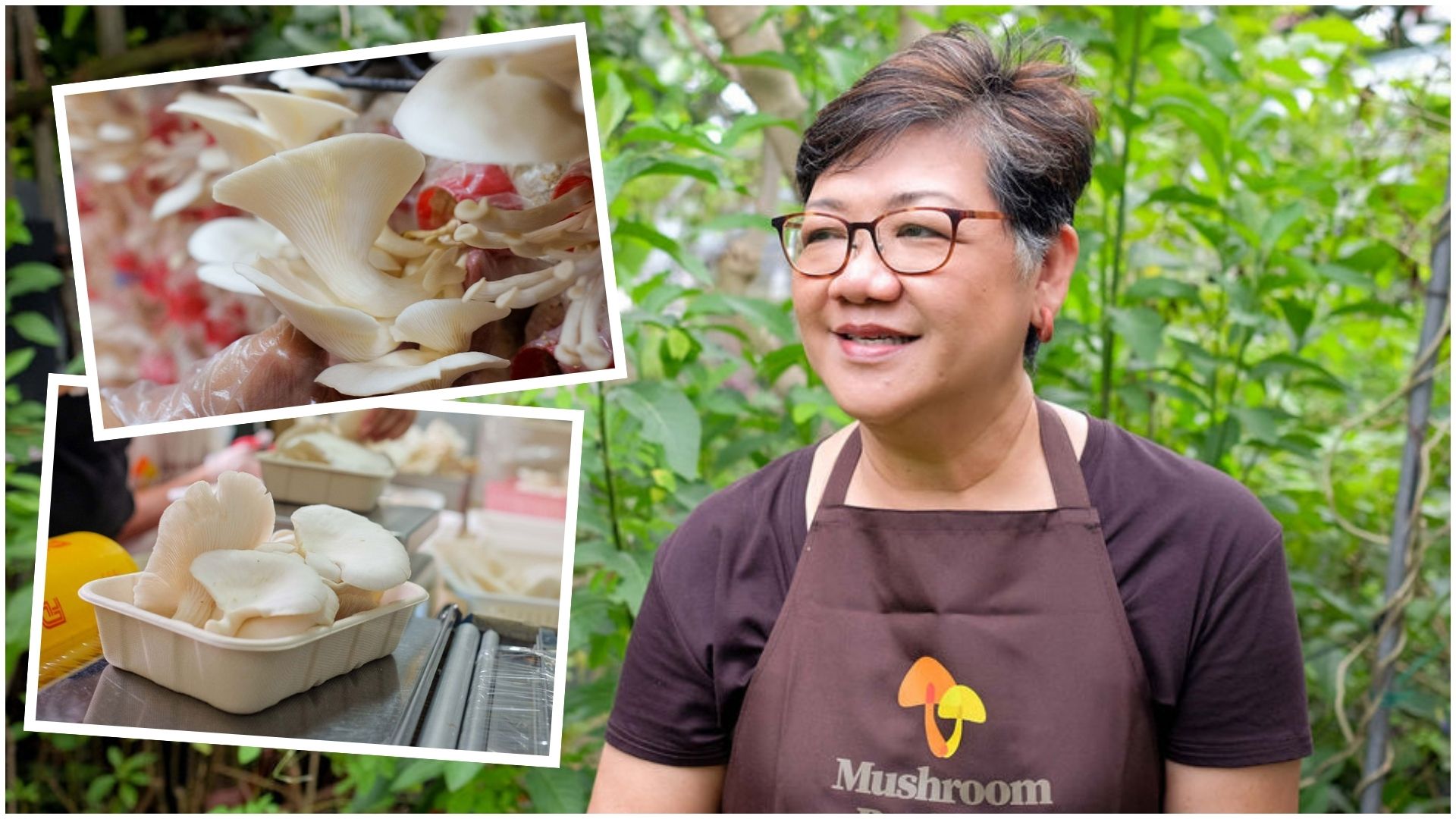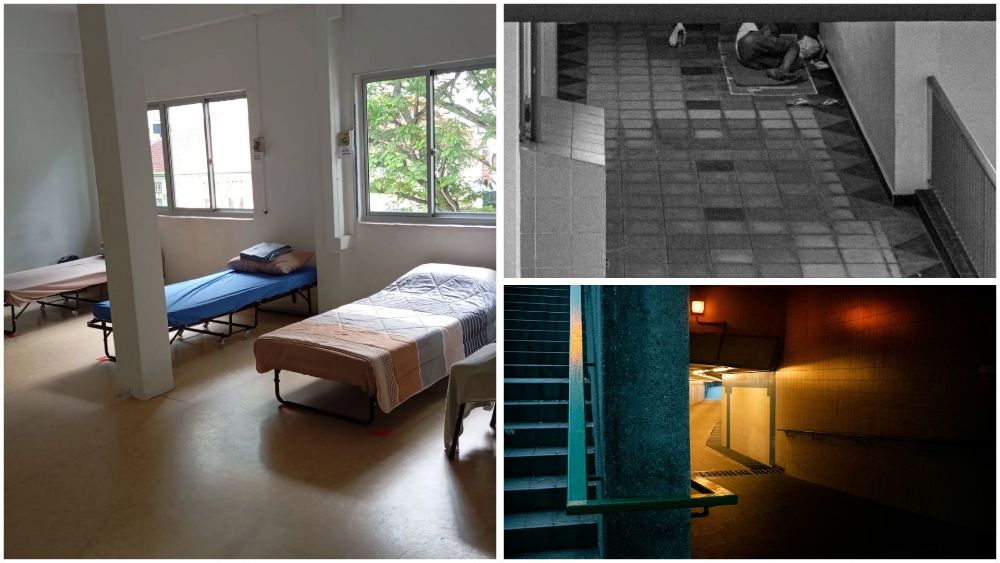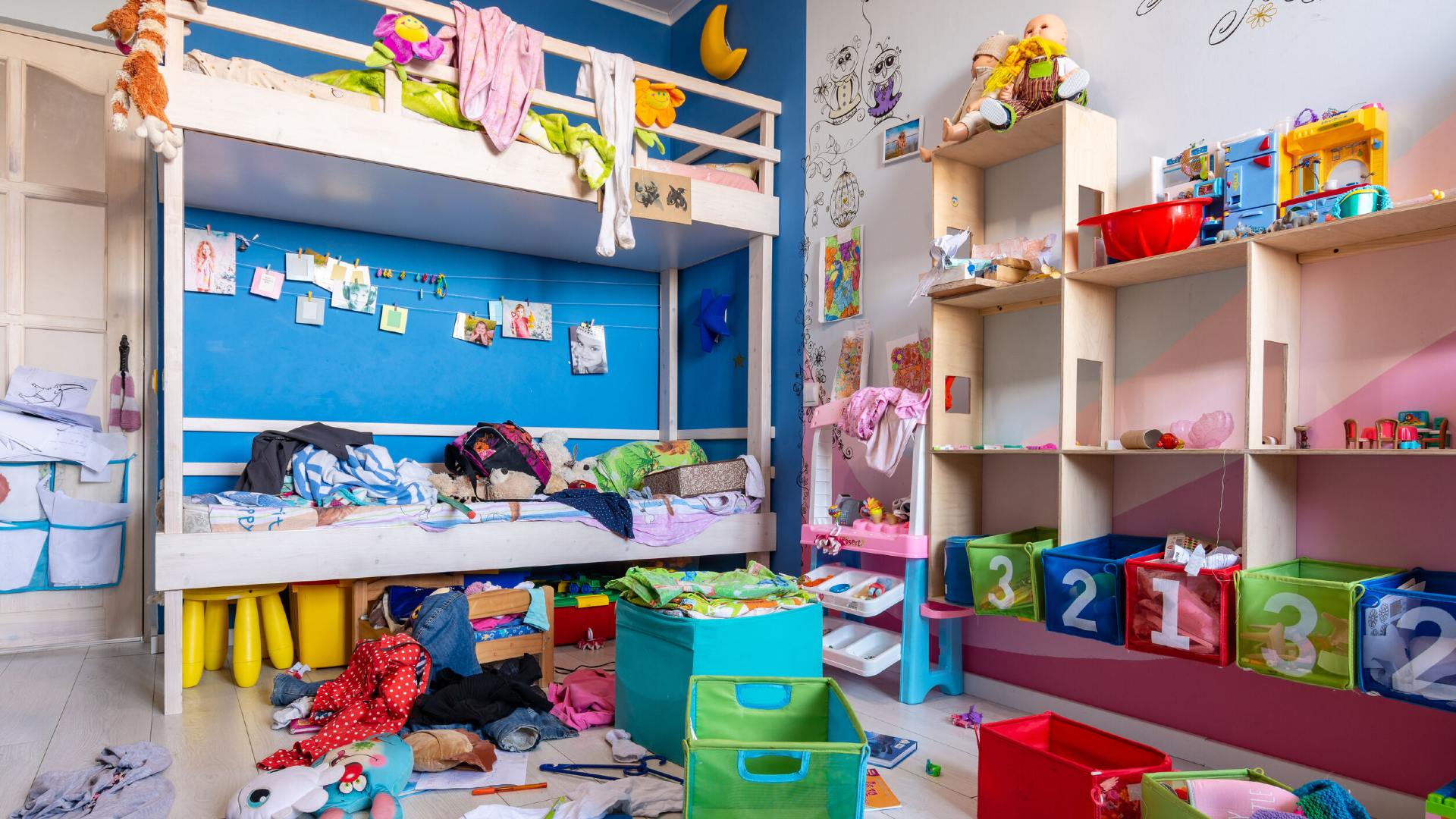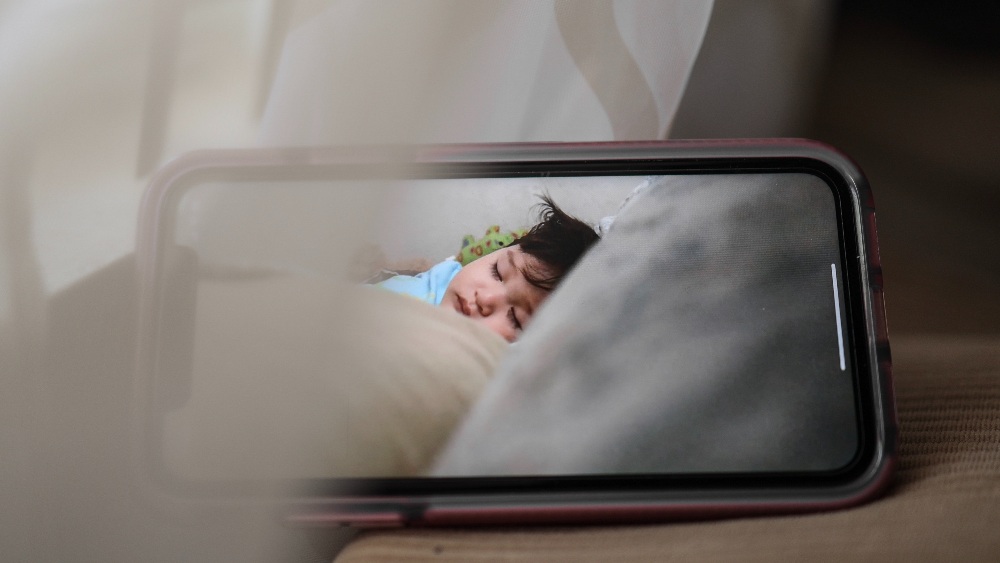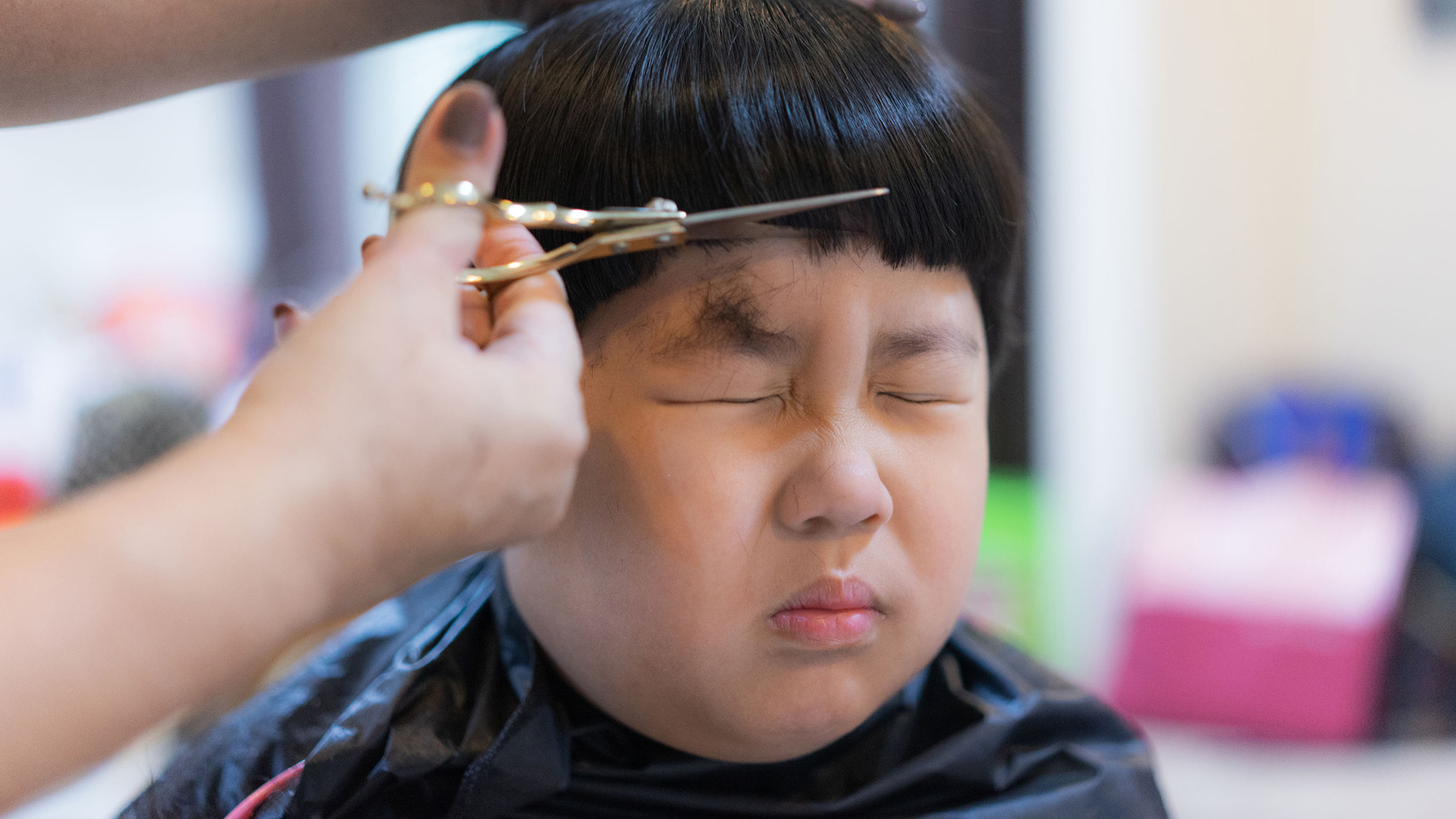CNY Clean-up: How To "Marie Kondo" Your Kids' Bedrooms
In what has already gone down as a hilarious irony, Marie Kondo, who became famous for teaching us how to get rid of stuff, has said that she's "kind of given up" on tidying now that she has three kids. Regardless, I think we can all agree that kids could benefit from learning to de-clutter at a young age - especially when it comes to Chinese New Year spring cleaning.
When you have kids, maintaining a clutter-free household can seem impossible at times, what with all their toys, art, clothes and shoes that they’re outgrowing left and right. For busy parents, the idea of ever organising your kids’ belongings is so terrifying that you keep putting it off; meanwhile, the stress and mess keep growing.
But let’s face it: If there is anything that could DEFINITELY use the Marie Kondo method of tidying up, it’s the kids’ stuff. In fact, according to Kondo, cleaning and organising your kids’ belongings can help you focus on what matters most: spending time with your family. Life as a parent is better when you’re not bogged down by the niggling dread of having to open your kids’ crammed closets.
Try the following tips to “Marie Kondo” your kids’ bedrooms.
How to start
Tidy by category. In her bestselling book, The Life-Changing Magic of Tidying Up, Kondo advises tidying up by the following categories in this specific order: Clothing, Books, Paper, Konomo (miscellaneous), and Sentimental Items. But organising a kid’s room is slightly different. Here is a guide to Marie Kondo your kids’ bedrooms with the biggest categories below:
· Clothing
· Books
· Toys
· Miscellaneous
· School Projects and Artwork
Put everything your child owns from each category into one big mountain. It’s shocking once you confront how much stuff a kid can own. That’s the point: Seeing all the excess will put things into perspective. Did you even know your child had 14 pairs of shorts? Maybe they don’t need all of them.
Does it spark joy? Decide which items to keep based on whether or not they “spark joy.” If it doesn’t, get rid of it. If you need help explaining the abstract idea of “sparking joy” to kids, just tell them that when they touch an item that sparks joy, it should make them feel happy – like when they wear their favourite outfit or hold a puppy, Kondo said.
With this, let’s move on to tips for tidying each category in your kid’s room.
Sorting kids’ clothing
It’s frustrating when you’re trying to get your kids dressed and half the time the clothes you grab are not even the right size. Here are some tips to Marie Kondo your kid’s closet.
Decide how involved you want your kids to be. As clothing is the first category, this is when you can decide how involved you want your kids to be. According to Kondo, kids as young as three can decide for themselves what gives them joy. In principle, we agree, but in practice, it’s trickier and a lot more time-consuming — especially if your obstinate kid can’t bear to part with anything, which might cause you to give up altogether. This is why some parents decide to Marie Kondo their kids’ rooms by themselves. Other times, it’s simply because their children simply aren’t old enough.
If you involve your kids, we suggest doing so to an extent. You can do the initial sorting yourself. For example, with clothing, go ahead and bag up any that are too small or stained and the hideous, never-worn outfits gifted by relatives that you could never bring yourself to toss, then set aside the decent ones. Having your kid choose only from this “selected pile” speeds things up. You can apply this practice to the other categories too.
Do the KonMari fold. Finally, using the KonMari folding technique, fold the clothes that spark joy and store them upright in drawers so that at one glance, you can easily see all the contents. Welcome to the miracle that is “getting the kids dressed and out the door on time.”
Also, if you have a helper, show her the KonMari fold. Do it with your kids too as it’s good fun and practice.
Tidying kids’ books
“Books are one of the things that people find hardest to let go,” writes Kondo in The Life-Changing Magic of Tidying Up. What’s really hard is letting go of your kid’s first board books, even the ones with broken spines and scribbled pages. But keep picturing the result: an aspirational, organised children’s bookshelf worthy of #shelfiegoals.
Check around the house for any random books lying around. Sometimes children’s books are scattered in separate areas around the house, so make sure to check and put them in the same massive books pile before deciding on which ones to keep.
Do not get sucked into reading your children’s books. Kondo instructs us to just touch the books. Don’t start reading the books because it can “cloud your judgement.” Not only that, but it will make the whole process a lot harder. No matter how many times you read Runaway Bunny, it will tug at your heartstrings – even if your kid has long outgrown it.
Organising kids’ toys
Are you walking around your own home with fear of stepping on a Lego brick lurking in random corners? More than anything, kids’ toys can take over the entire house: the living room, under the couch, your bathroom, EVERYWHERE.
Agree on a designated space for toys. To prevent a chaotic toy overflow, make sure your kid keeps their toys in a special agreed-upon area.
Sort like-with-like. This principle applies to all categories. When it comes to toys, use clear containers or bins/baskets to sort each category (i.e. stuffed animals, balls, building blocks, etc.). For smaller toys, use clear pouches. The important thing is to give every item a home. When you compartmentalize, it helps you know exactly where to find things. Finally, when your child is screaming about their purple bunny or fairy wand, you will know exactly where they should be.
Individual and shared spaces? Kondo suggests that parents with multiple children assign separate containers or bins for each child; this teaches them to be responsible for the play items in their own containers. Then set aside other containers or spaces for shared toys. Her idea may or may not work for you though; in many families, ALL the toys end up being shared, so adapt as you see fit.
Sorting kids’ miscellaneous items
Pins from museum trips. Presents from dentist checkups. And birthday goodie bags filled with random, well-intentioned but mostly useless bits and bobs. Is there any wonder that children are a common source of clutter?
If it’s broken, throw it away. This will easily eliminate a lot of objects from the Miscellaneous category.
Do they fall in these three categories? “Currently in use, needed for a limited period of time, or must be kept indefinitely.” If none of these apply to an item, then Kondo advises tossing it.
If your kids insist, allow them to keep a limited number of favourites. One person’s trash is another kid’s treasure, so it is important to respect what your kid deems special – even if it is a bread bag twist tie. Letting them keep 10 (or x amount of) random miscellaneous items in the box you assign is better than the guilt you will feel when you’re confronted by a tearful toddler asking you where their favourite treasure is.
Organising kids’ artwork and school projects
The first time your kid brings home a school project, you brim with pride and joy. As parents, it’s hard to let go of our kids’ creations, whether it’s their first finger painting, Yakult piggie or written story. But the thing about school projects and papers is... they keep coming. Bags and bags of them. And that’s not even counting the artwork they create at home. So, what’s a parent to do?
Decide where it should go. Kondo instructs parents to designate a limited amount of space for kids’ artwork. If a piece truly sparks joy, display it – and it doesn’t have to just be in your kid’s room. The fridge is a popular spot, and nothing brightens up a home office like colourful framed kids’ art. Store other pieces in a binder or rolled up in a paper tube, but make sure they fit into the designated space you decided on. If it overflows, it can have a negative effect on you – the opposite of sparking joy.
Transform their art into a photobook. Kondo might not approve, but this is great for de-cluttering AND preserving your kids’ artwork. You can send pieces to be professionally photographed by Artkive, and they make it into a keepsake photo book. Apps such as Keepy and Canvsly allow you to upload, organise and make a timeline of your kids’ artwork.
Additional tips to Marie Kondo your kids’ bedrooms
If it’s too overwhelming for your kid, tidy up in smaller categories. Breaking things down in baby steps and subcategories for young kids makes tidying up more manageable for them. For example, instead of sorting all toys at once, tell them to sort only their stuffed animals first. This approach can help them stay focused.
Make letting go of things a normal habit from young. Ask, “Does this make you happy?” and teach them that letting go is a normal and natural thing. Talk to them about donating and adding to others’ happiness. If your kid wants to, they can thank their items before saying goodbye, as Marie Kondo teaches.
Do regular clean-ups. As kids grow, their belongings change too, so this won’t be the last time you Marie Kondo their rooms. Habitual de-cluttering necessary. But at least you will have a frame to work with. Give them some help and encouragement, and even young kids can put things back when everything has a place.
For the latest updates on Wonderwall.sg, be sure to follow us on TikTok, Telegram, Instagram, and Facebook. If you have a story idea for us, email us at [email protected].
